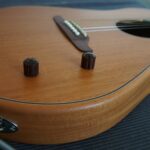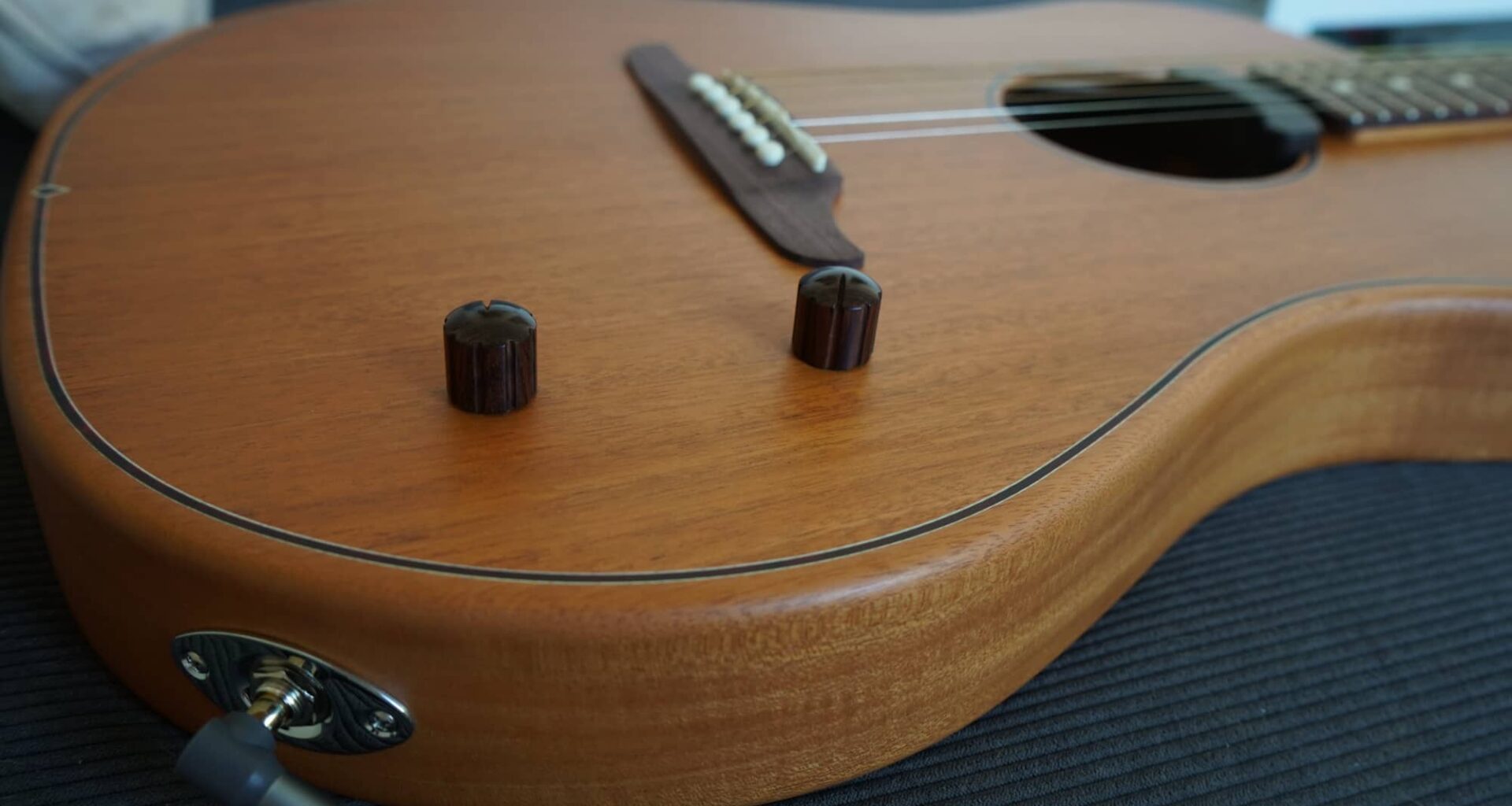Quick review
The good
The not-so-good
Both acoustic and electric, the Fender Highway Dreadnought delivers an acoustic instrument you might not see or hear coming.
What is it?
A hollow body acoustic with a premium tag, the Fender Highway Series Dreadnought kind of says what it is in the name: a premium “Highway “guitar with a mahogany body measuring with a nearly 6cm thick body (2.25in) in the Dreadnought style.
Fender makes a few variations of the Dreadnought, but the less expensive options don’t come with a pickup or controls; they’re just acoustic guitars. The Highway Dreadnought is different.
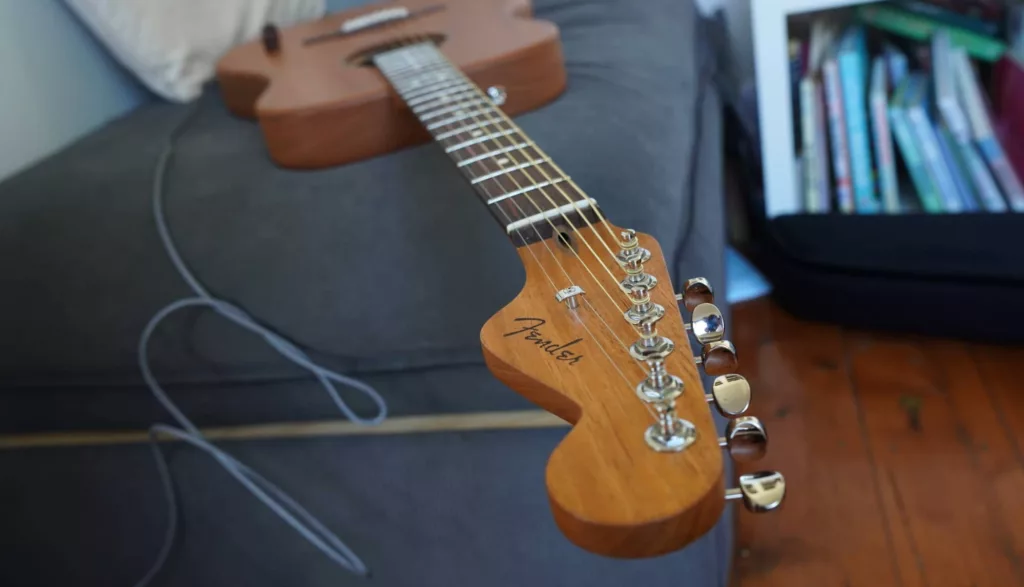
What does it do?
Made in Mexico, it’s more of a premium acoustic that doesn’t have to stretch the dollar as far as the American-made Acoustasonic variation, which does something similar, even if it’s not quite the same.
Inside, there’s an acoustic electronic system that makes it ideal for reviewing by a technology publication. While guitars don’t usually carry a lot in the way of modern electronics, this Highway Dreadnought uses a voice control system to let you dial in the equaliser of the guitar itself.
If that just seems like jargon, think of it as being able to flavour and play with the sound of this acoustic. That’ll happen when you play with the two knobs on the hollow body
Officially, it comes with some proprietary electronics engineered by Fishman, the Fluence Acoustic Pickup System, while the controls on the body provide EQ settings on the guitar itself.
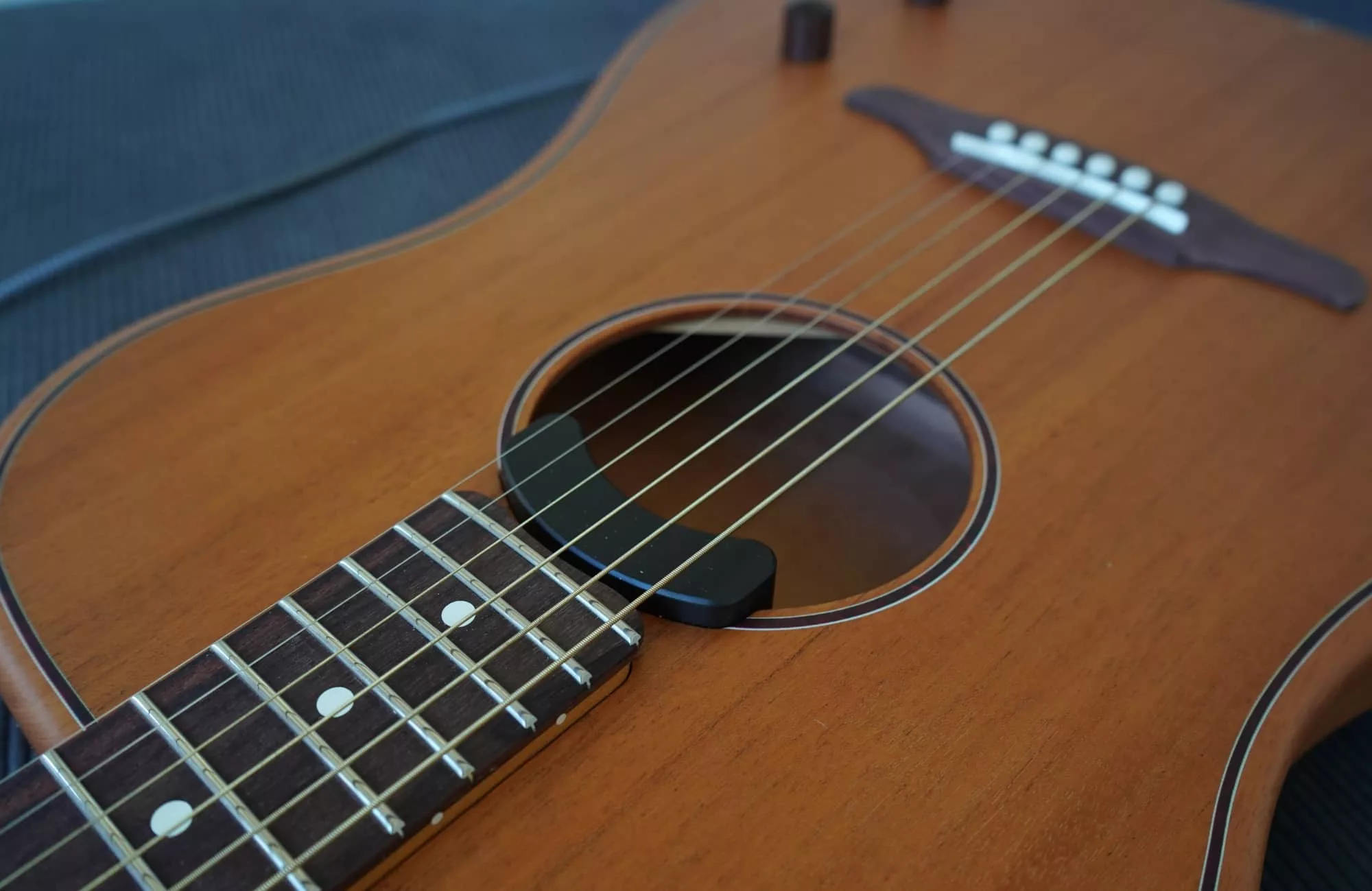
Reminiscent of an electric guitar, the controls provide tonal control provided you’re plugged into an amplifier, once you’ve loaded in a 9V battery at the back.
Armed with that battery, a lead, and a small amp (or a big one, if you must), the Highway Dreadnought is definitely an intriguing instrument to play.
Strumming the strings here is an absolute pleasure, regardless of whether you’re amped or not, but it’s the amplifier that really helps the guitar come into its own.
Plug it in and you’ll find the knobs let you give that guitar a little more personality. Less about the volume and more the tonal quality, it’s a little like what we think you’ll find in the Acoustasonic, but also not quite.

What does it need?
So what does it need? Well, let’s talk about what you get first and foremost:
You get a great guitar. You get a plush gig bag. It feels like the full package needs a lead and strap, but you probably have your own of each, so we’re just being picky.
But if we wanted to see some proper tech savvy savoir faire, we’d love to see similar technology to what’s in the Acoustasonic, with the acoustic engine on-board.
This is a totally different style of guitar, there’s no doubting that, but you can get an acoustic electric for near the same from Fender in the Acoustasonic Telecaster models. That extended technology feels like it could be here, or a less powerful version of that.
Maybe we’re just too hopeful, or too picky. Maybe both.

Is it worth your money?
At $1699, the Fender Highway Dreadnought is a little on the exy side, especially given the changes to the sound can be a little on the minimal side.
There’s also the matter of your existing electronics, because some may provide a similar use without needing to spend up on the Highway series.
For instance, if you have a small amplifier with a mobile app that can connect to it, such as the Positive Grid models, you can probably make similar tweaks without needing a specific set of guitar knobs and controls.
If you use the Fender Tone Master Pro, the same thing likely applies, because you have guitar sounds available at the press of a button and the push of a toe.

In short, your amplifier and effects system could erode the very need for the Highway Dreadnought in the first place. We found it useful, but caution that what you’re playing your sound through may dictate the contrary.
The $1699 price tag can also feel high because you can also find a made-in-Mexico Acoustasonic Player model for $1999, and those are Fender prices. Street prices are likely to be better overall.
Sure, the American-made Acoustasonic will cost more — closer to $3K in the grand scheme of things — but the less pricey Mexican version uses another Fishman Acoustic Engine, and offers knobs and controls to change the sound and voice of the guitar, as well. For $300 more, the Acoustasonic makes more sense in our mind. You might be different.
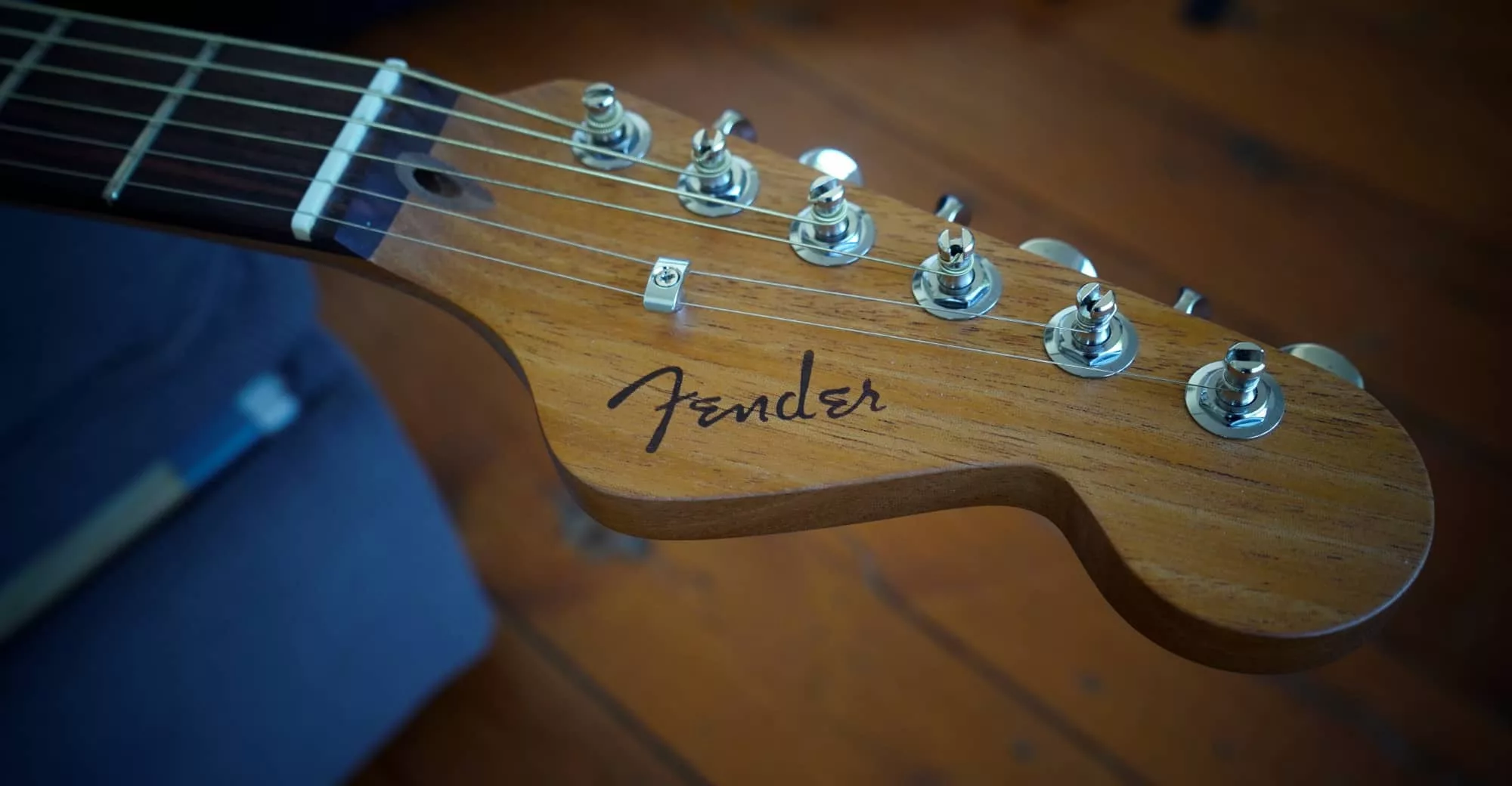
Yay or nay?
Despite the questions on value, there were things that we found wonderful about this guitar.
I love the style of this guitar. It’s a classic look turned modern, with the simple spruce atop a more playful mahogany body, and a thin one at that.
At a little over two inches thick, this acoustic reminds this player of a Telecaster than a standard acoustic. It’s a clever blend that makes you think of an electric, and the good news is that’s not the only thing that’s clever. Two styles together as tech evolves the acoustic.
There’s a balanced heft and a good feel, and while the tonal controls come off as being an extra, the guitar itself is great otherwise. Expensive, sure, but great.

As to whether it’s the sort of guitar you can see yourself using, acoustic players will probably dig the design and playfulness of the sound, but they may not care about the tonal control. Each to their own, of course, but if an amp, effects panel, or maybe even an iPad can do this sort of thing, buying a guitar specifically for it mightn’t be the go.
But for purely acoustic players keen to see where their sound goes next, there could be something to this.
Frankly, we’re more excited to see this tech in a less expensive guitar. Introducing it to the sub-$1K price tag would be far more interesting, and could give enthusiast players a little more to play with than another simple strum.
